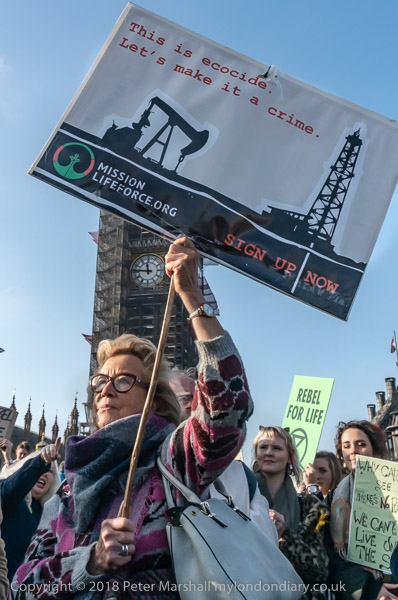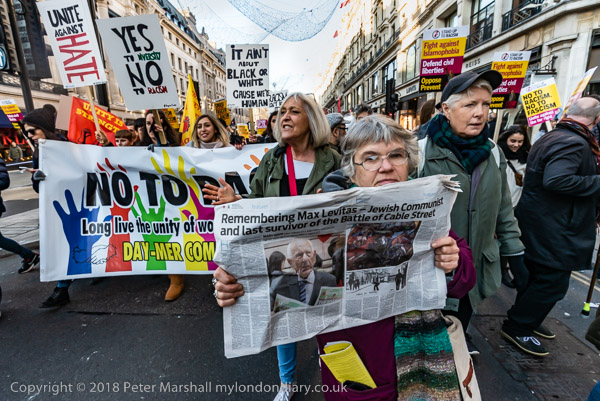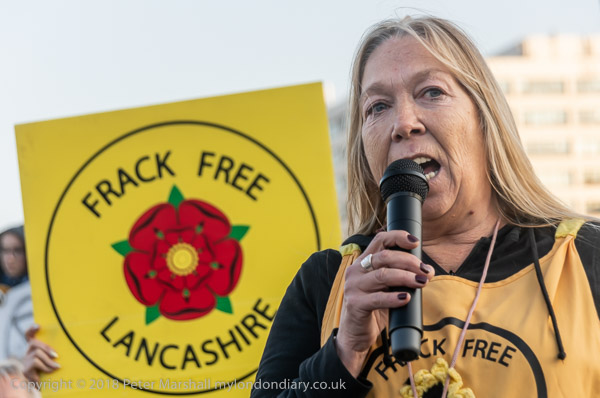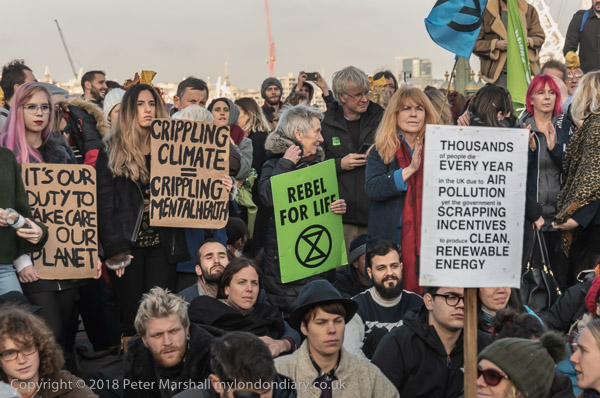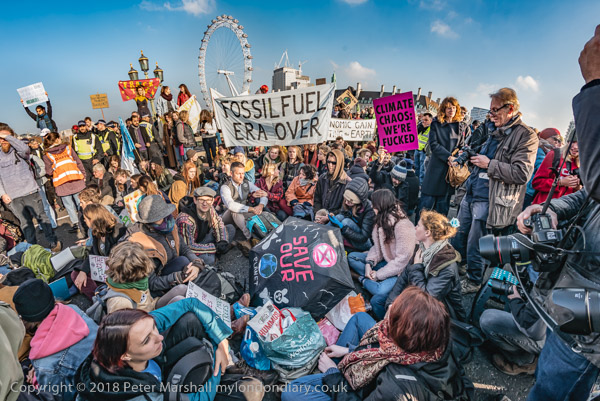
COP26 was in some respects a great disappointment, or rather would have been had we expected very much to arise out of it. But there were some advances, and just a slight glimmer of hope that it may prompt a little more progress in our efforts to save our future on the planet. But that it happened at all and in the way it did is very much down to the efforts of people on the street to raise awareness of the realities of climate change.

Without groups that have been campaigning for years we would have no hope at all, and whatever people think about some of the policies of Extinction Rebellion, it has been one of the more effective movements in bringing the message to the attention of the media, politicians and the public.
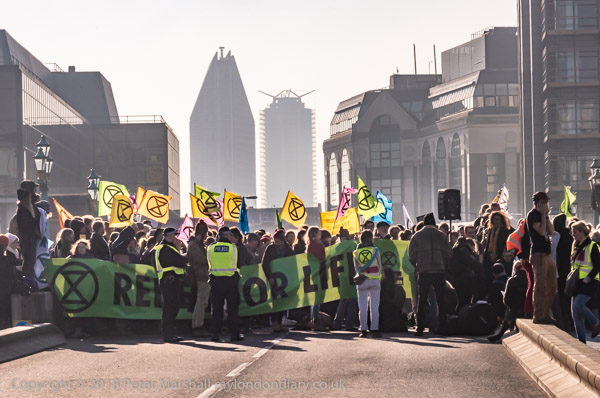
Even in the unfortunately toned down words of the COP26 final resolution, the message from the banner in the assembly at the top of this post is now clear: ‘FOSSIL FUEL ERA OVER’ though it still remains to be seen if it can be brought to an end fast enough for us to survive.
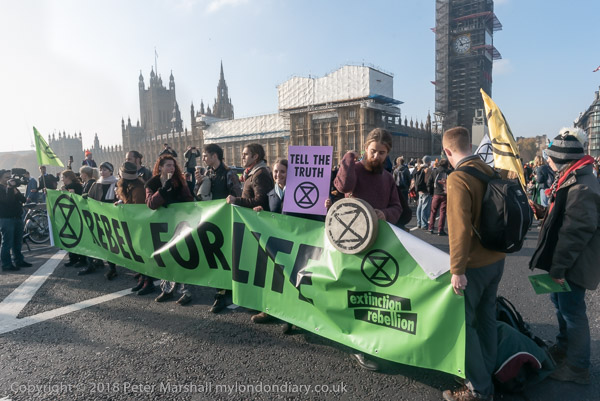
On Saturday 17th November 2018, Extinction Rebellion rebels managed to block five of the bridges in central London: Lambeth, Westminster, Waterloo, Blackfriars and Southwark. It was an ambitious project that brought much of London’s traffic to a standstill and gauranteed extensive media coverage. You can march 50,000 through London and it won’t merit a mention on the BBC unless windows are broken or police injured – but this was something that could not be ignored, and despite the interests of the billionaire media owners, at least some journalists began asking the right questions and writing the right answers.
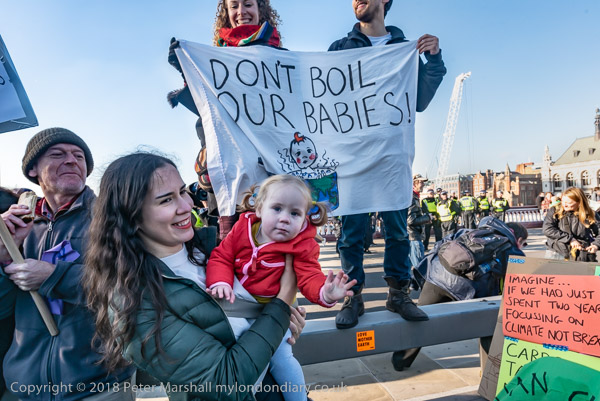
I tried to photograph events on as many of the bridges as possible, though with no buses able to run in central London this involved rather a lot of walking. In the end I failed to make it to Lambeth Bridge, where some of the more robust actions by police against the protesters took place.
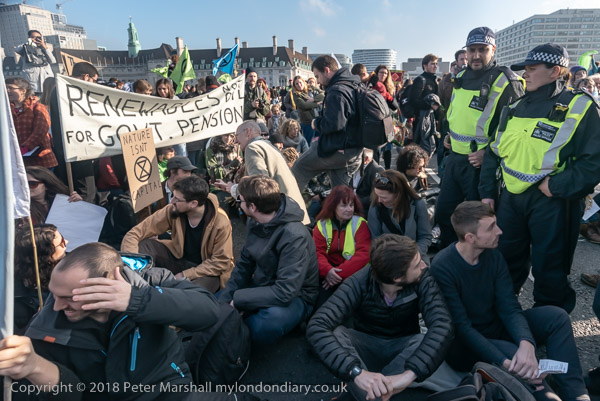
Here’s my description of XR from one of the three posts I made about them that day:
Extinction Rebellion is a non-violent rebellion against the British government for its criminal inaction in the face of the climate change catastrophe and ecological collapse which is currently on course to make human life extinct. They demand the government tell the truth about the climate emergency, reverse their inconsistent policies and work to communicate and educate everyone, that they bring in legally binding policies to reduce carbon emissions to net zero by 2025 and reduce our consumption of all resources, with a national Citizen’s Assembly to oversee the changes and create a real democracy.
http://mylondondiary.co.uk/2018/11/nov.htm#westminster
More protests will be needed around the world to make politicians do what needs to be done – and I was photographing Extinction Rebellion in London last Saturday when they protested in the annual Lord Mayor’s Show.

My day was made busier as there was another unrelated event taking place that I also wanted to photograph, a Unity against Fascism and Racism march from the BBC to a rally in Whitehall calling for unity against the rising threat of Islamophobia and Antisemitism by far-right groups in the UK, with a level of support for fascism not seen since the 1930s. I missed the start but spent around half an hour taking pictures as it came down Regent St.
More on all these and more pictures on My London Diary:
Extinction Rebellion Bridge blockade starts
Extinction Rebellion: Southwark, Blackfriars, Waterloo
Extinction Rebellion form Citizens’ Assembly
Unity Against Fascism and Racism
